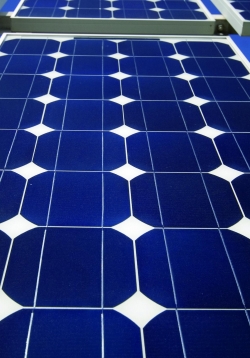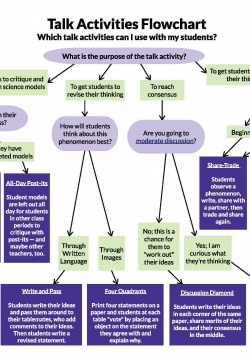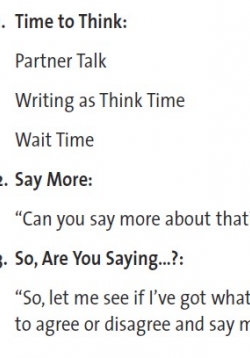How a Solar Cell Works: Photon Simulation
The purpose of this activity is to simulate the movement of electrons at the p-n junction to create an electrical current. Students will play a modified game of musical chairs, where teams will compete against each other while creating their own...









